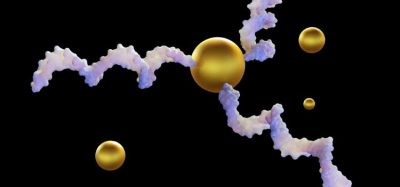FDA issues draft guidance on trials for medical devices to improve glycaemic control
Posted: 20 May 2021 | Hannah Balfour (European Pharmaceutical Review) | No comments yet
The guidance outlines recommendations for early trials testing the feasibility of medical devices intended to improve glycaemic control for type 2 diabetes.


The US Food and Drug Administration (FDA) has released new draft guidance providing recommendations for feasibility and early feasibility clinical studies for certain medical devices intended to therapeutically improve glycaemic control in patients with type 2 diabetes, independent of medication delivery.
Dr Jeff Shuren, director of FDA’s Center for Devices and Radiological Health, commented: “As part of our commitment to help accelerate the development of innovative medical devices to improve patient care, the draft guidance issued today provides the FDA’s initial thinking on feasibility and early feasibility clinical studies for certain medical devices intended to improve glycaemic control.
“The prevalence of type 2 diabetes in the US has led to a growing interest among medical device manufacturers and researchers – as well as the diabetes community – to develop therapeutic devices that could improve glycaemic control. While there are FDA-cleared and approved devices that help patients measure and monitor blood glucose, and devices that dose and deliver insulin, there are currently no legally marketed medical devices in the US that are intended to therapeutically improve glycaemic control in patients with type 2 diabetes.
“With our focus on improving public health and making technologies available that can help improve the quality of life for those with chronic diseases like type 2 diabetes, we’re interested in getting feedback from manufacturers as well as the diabetes community on this draft guidance.”
Medical devices in the guidance include, but are not limited to, neurostimulators and those that mimic or result in anatomical changes similar to those made by bariatric surgical procedures, alter the anatomy and/or physiology of the small intestines or manipulate the sympathetic nervous system. Clinical investigations of medical devices that measure or monitor blood sugar, dose or deliver insulin, calculate insulin doses, or Software as a Medical Device (SaMD) to improve glycaemic control in patients with type 2 diabetes are all outside the scope of the document.
Related topics
Clinical Trials, Medical Devices, Regulation & Legislation, Research & Development (R&D), Technology









